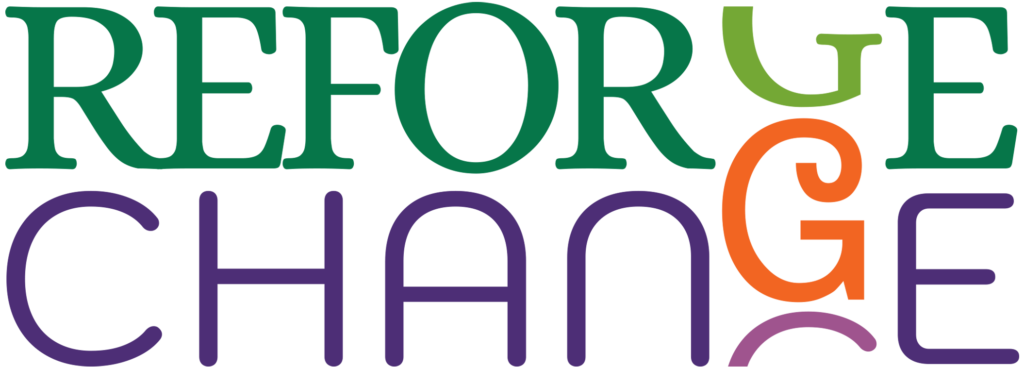Have you ever heard of the five monkey’s experiment?
Five monkeys are placed in a cage with bananas hanging from the ceiling. Every time a monkey tries to grab the bananas, the group gets sprayed with cold water. Eventually, they all learn to avoid the bananas entirely.
Over time, the monkeys are replaced one by one. Each new monkey learns the same lesson – don’t go for the bananas – not because they will be sprayed with water but because the group then attacks them for even trying. By the end, none of the original monkeys are left and none of them really know why they avoid the bananas. They just know that’s not the way we do it round here.
Now, replace the monkeys with a team in a workplace. The bananas represent an outdated process and the cold water is the long-forgotten reason why nobody questions it.
The air raid myth
A few years ago, I managed a process change in a large government department. The team told me that they’d heard that as late as 1990, staff insisted on writing a ‘0’ or a ‘1’ at the top of the claim forms they assessed. Why? Nobody really knew.
The urban myth was that this dated back to WWII when staff recorded the number of air raids each night. Decades later, this habit was still being passed down to new colleagues as part of their training – even though it literally served no purpose any more.
While both of these stories (monkeys and air raids) might not be entirely true – I kind of believe them. They are perfect examples of how teams often continue practices because that’s how we’ve always done it.
Why this matters
It’s not just a case of poor practice in the civil service; it’s a cautionary tale about how outdated habits and processes can hold teams back.
I’ve seen it time and again in every sphere of business; leaders want to drive change or transformation, only to find efforts slow and benefits hard to realise because of outdated and entrenched ways of working. Here’s how to break the cycle:
- Challenge legacy practices. Ask the right question – why are we doing this? If the answer is because we always have, it’s time to dig deeper. Often, what was fit for purpose in days gone by is long past its expiry date now. Not only that, it can actually hinder progress.
- Communicate the why. Change is hard and people need a reason to get on board. Explaining the why – why this, why now and why in this way – builds understand and buy-in. Not only that, you can double-check that the changes proposed are the right ones.
- Lead with empathy. Change is emotional and it involves people – acknowledge their fears, listen to their concerns and give them time and space to adapt and feedback.
- Celebrate progress. Big changes are all well and good – but they can feel overwhelming. Celebrate the little wins along the way. Whether it’s removing a redundant step or ditching a WWII-era habit entirely, every step forward deserves recognition.
Don’t let your team avoid the bananas
Leadership is about more than setting goals – it’s about creating an environment where your team can thrive. That means questioning old habits, removing unnecessary barriers and giving your team the tools they need to succeed.
So, what legacy processes might be holding your team back. And what’s the first step you’ll take to remove them?


